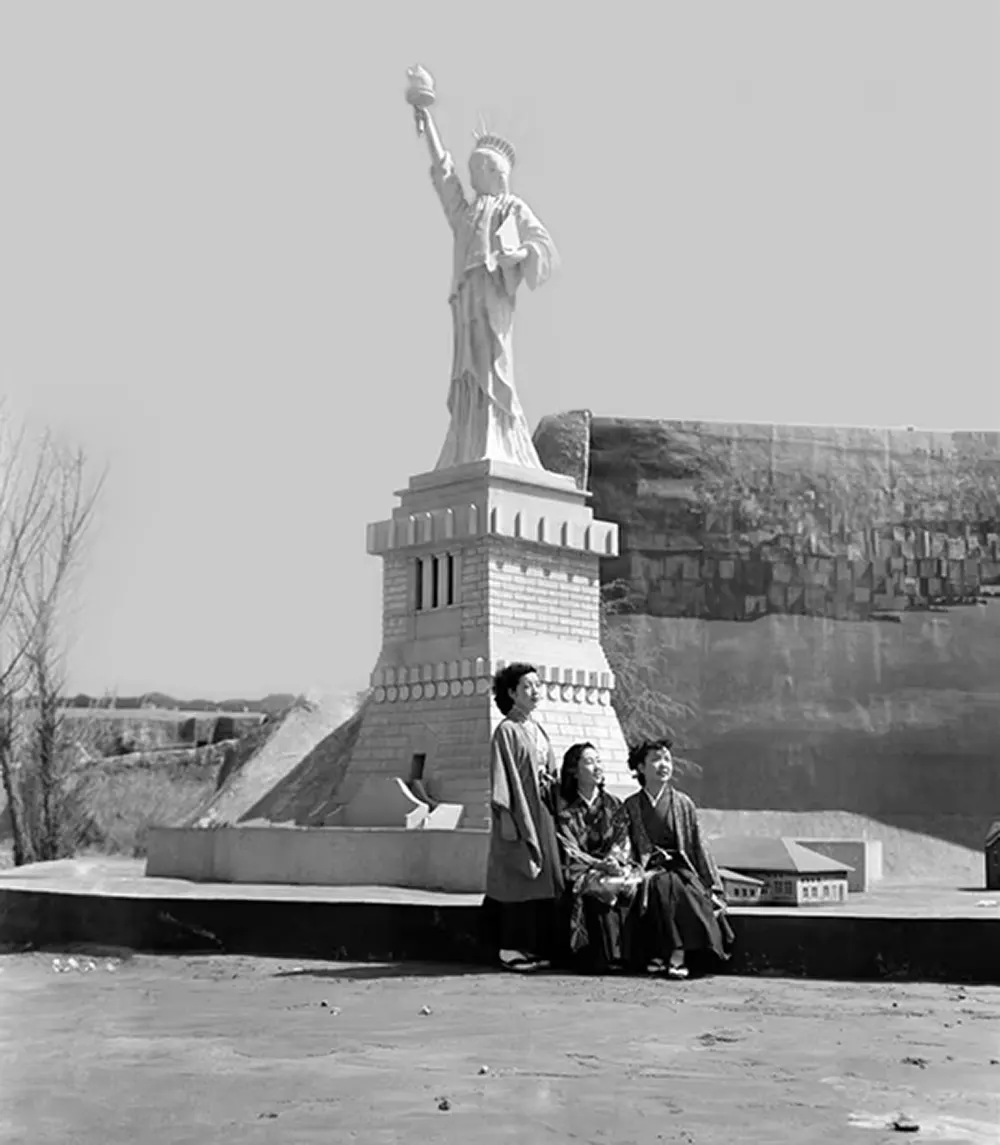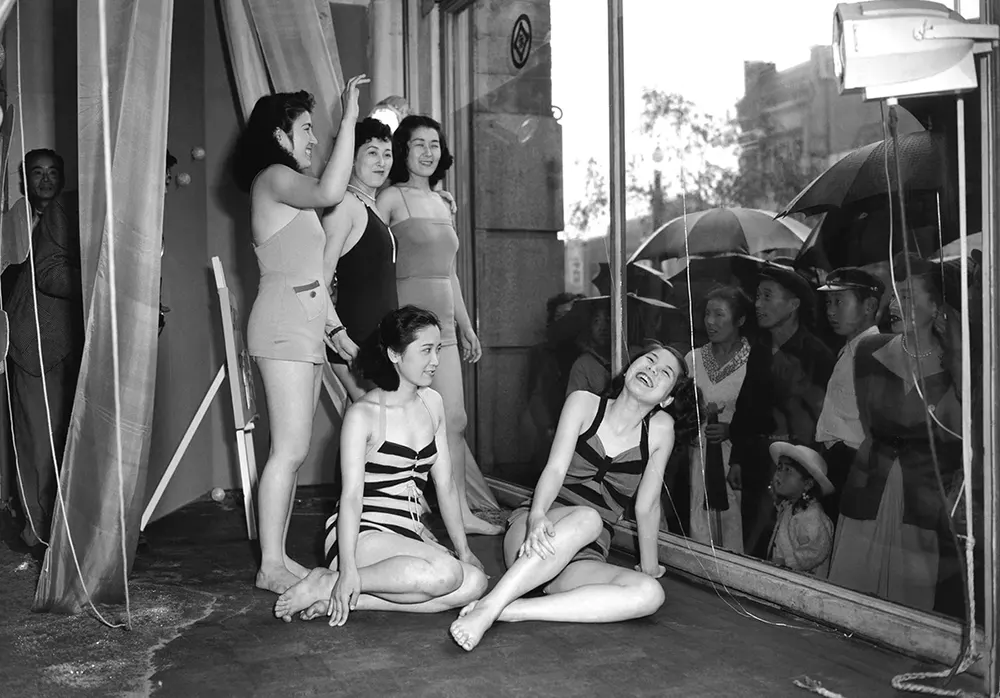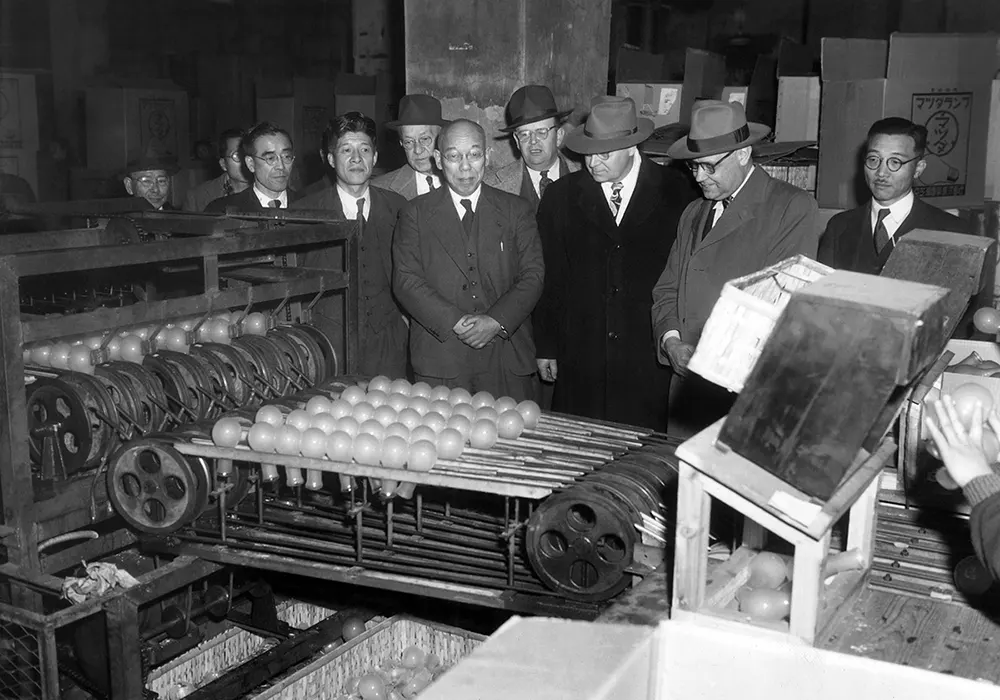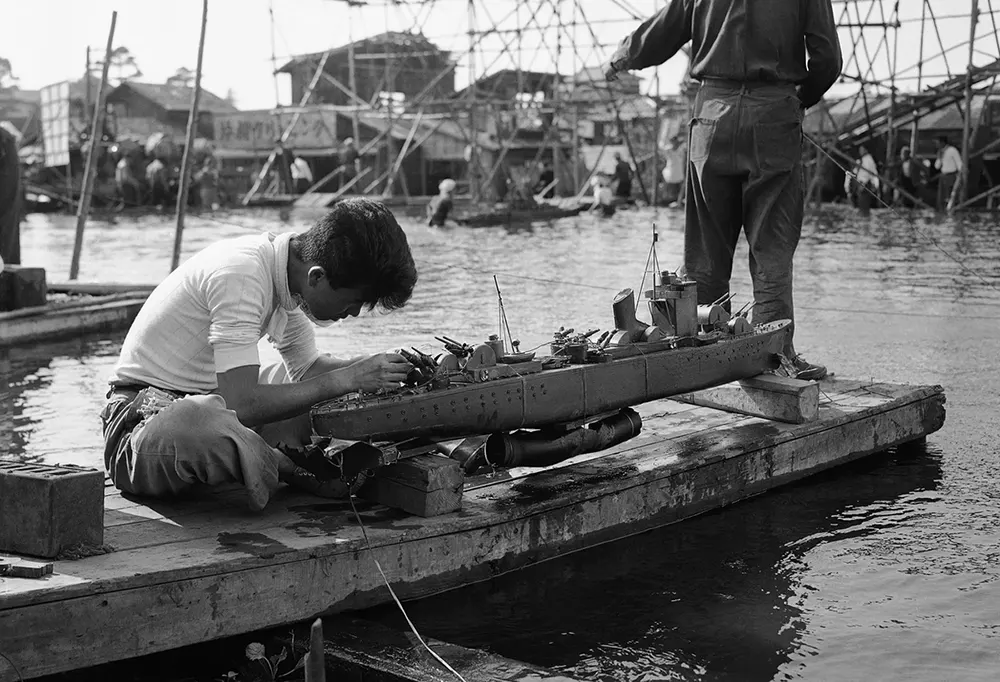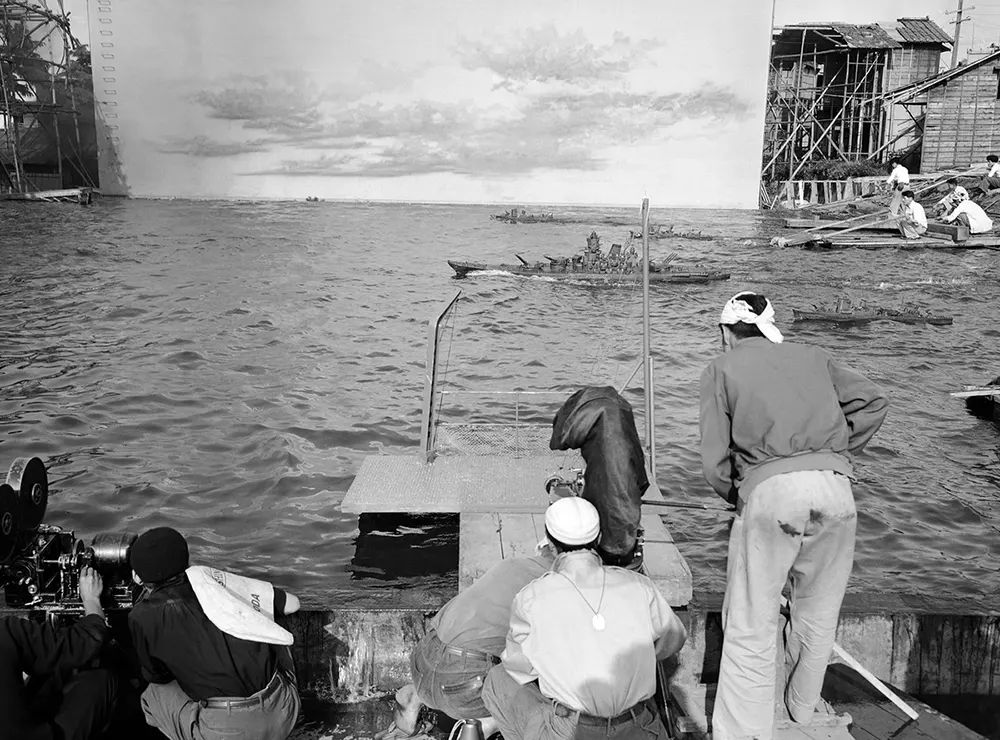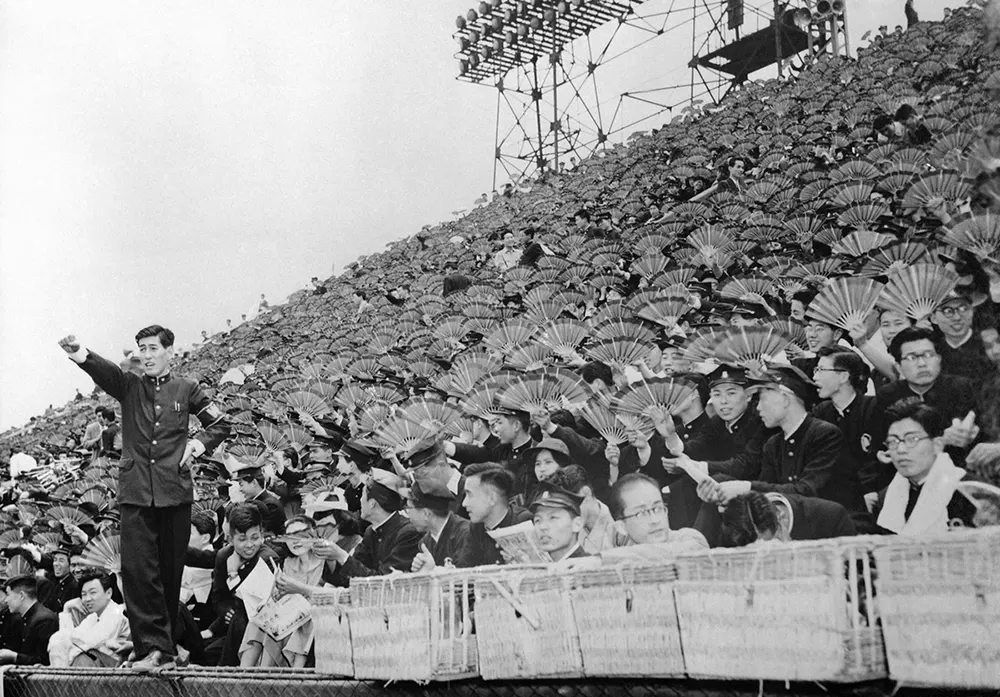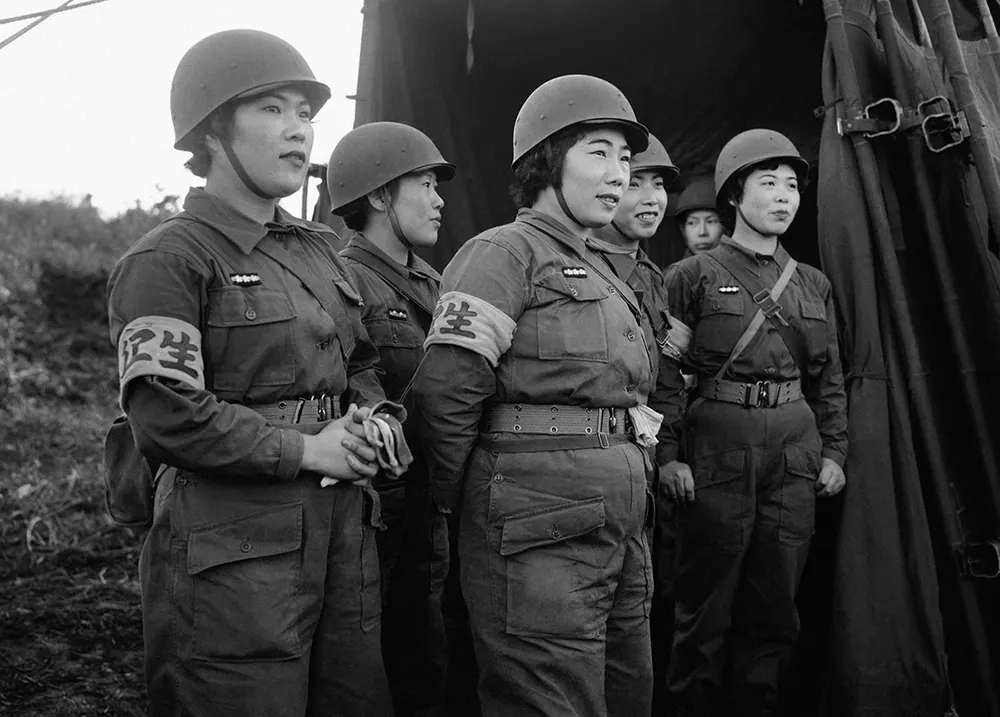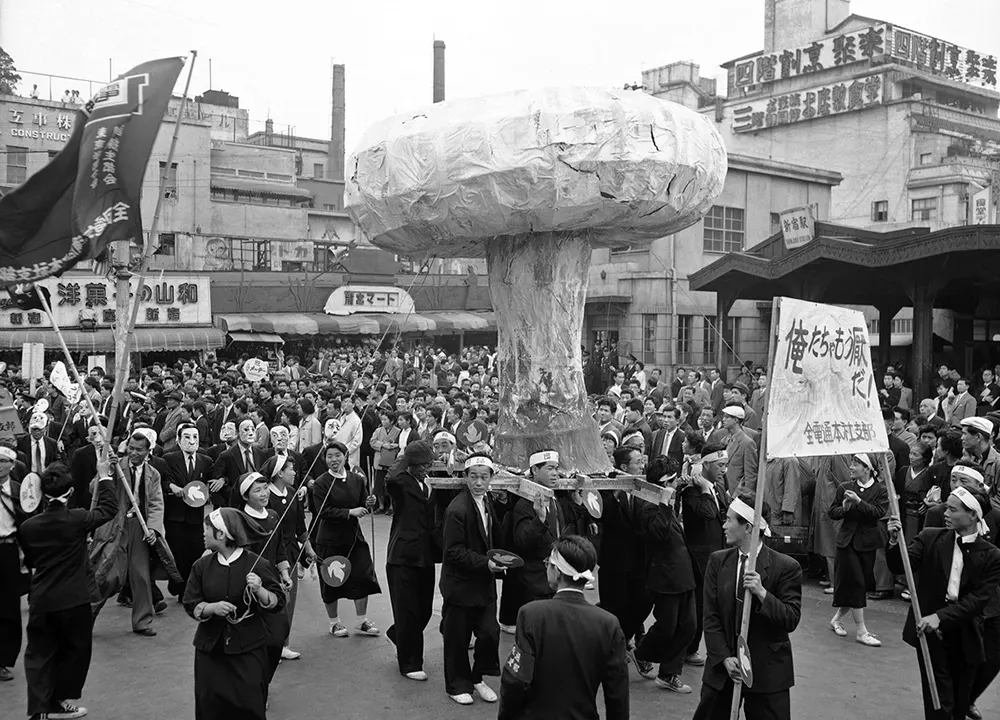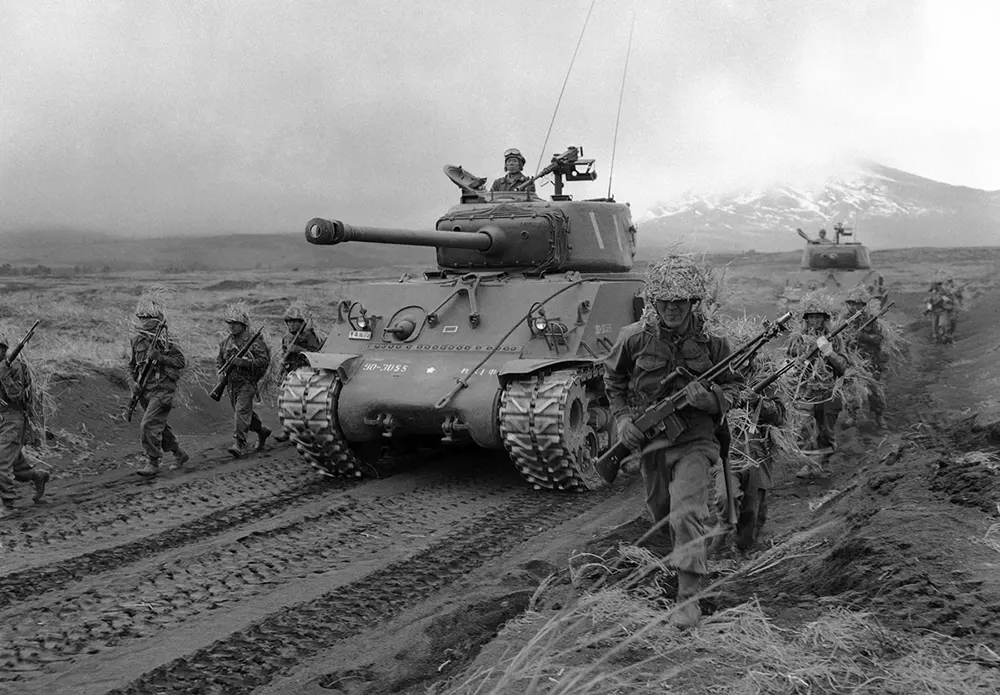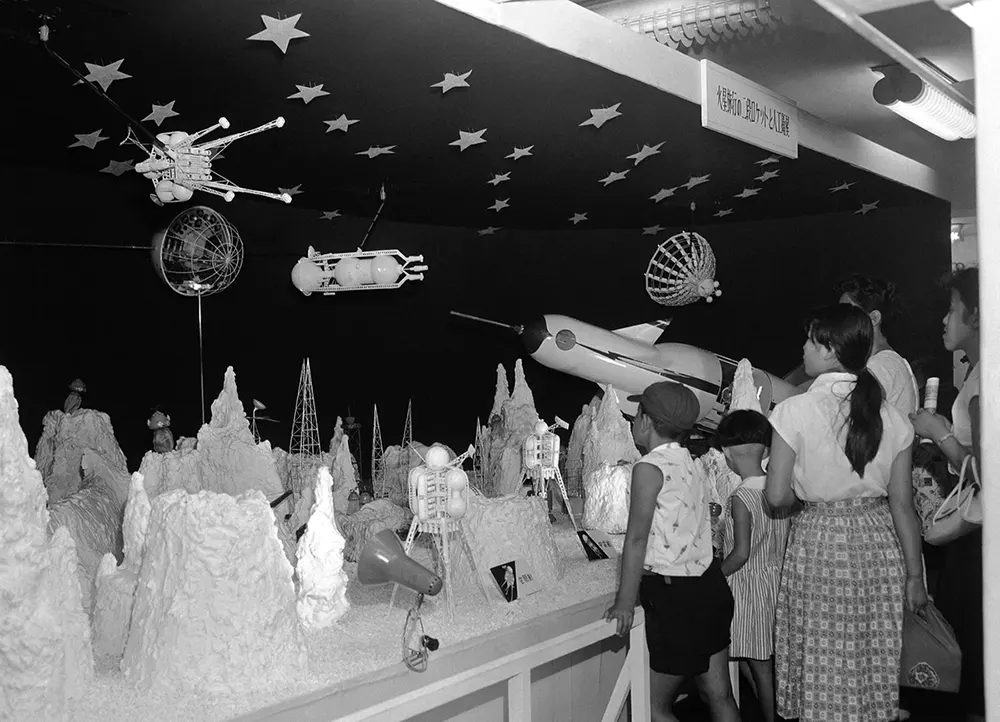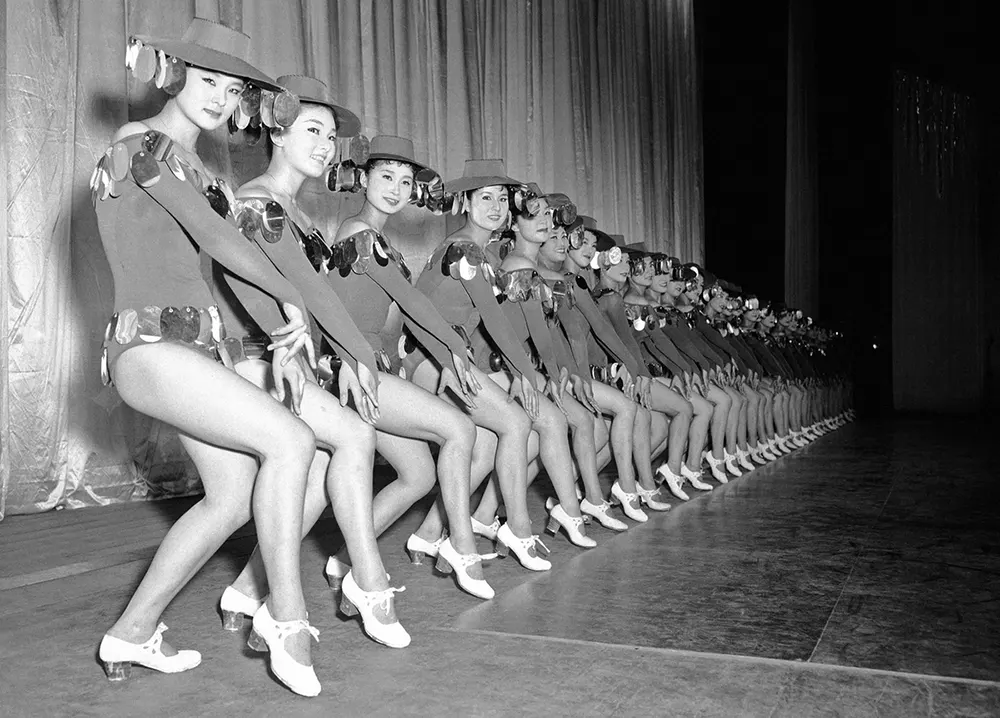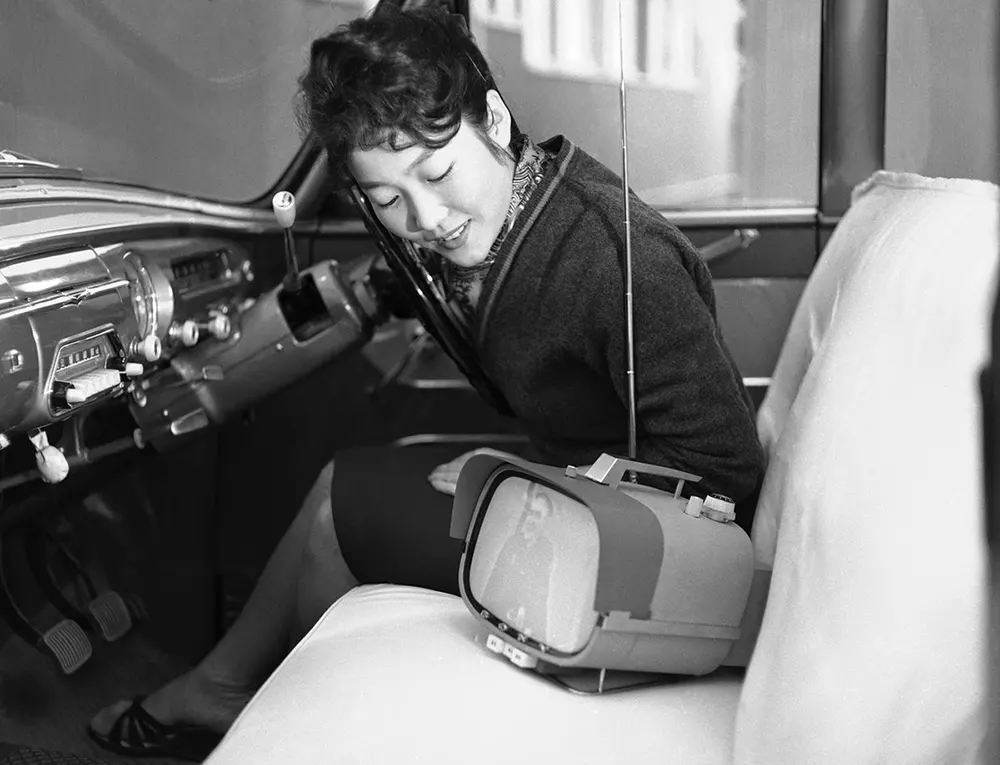Allied forces led by the United States occupied the nation and started the rehabilitation of the Japanese state. Between 1945 and 1952, the U.S. occupying forces, led by General Douglas A. MacArthur, enacted widespread military, political, economic, and social reforms. The occupation, like the Taika Reform of the 7th century and the Meiji Restoration 80 years earlier, represented a period of rapid social and institutional change that was based on the borrowing and incorporation of foreign models. General principles for the proposed governance of Japan had been spelled out in the Potsdam Declaration and elucidated in U.S. government policy statements drawn up and forwarded to MacArthur in August 1945. The essence of these policies was simple and straightforward: the demilitarization of Japan, so that it would not again become a danger to peace; democratization, meaning that, while no particular form of government would be forced upon the Japanese, efforts would be made to develop a political system under which individual rights would be guaranteed and protected; and the establishment of an economy that could adequately support a peaceful and democratic Japan. The armed forces were demobilized and millions of Japanese troops and civilians abroad were repatriated. The empire was disbanded. State Shintō was disestablished, nationalist organizations were abolished and their members were removed from important posts. Japan’s armament industries were dismantled. In the economic field, the Allies introduced land reform, designed to benefit the majority tenant farmers and reduce the power of rich landowners, many of whom had advocated for war and supported Japanese expansionism in the 1930s. MacArthur also tried to break up the large Japanese business conglomerates, or zaibatsu, as part of the effort to transform the economy into a free-market capitalist system. The cooperation between the Japanese and the Allied powers worked relatively smoothly. Critics started to grow when the United States acted increasingly according to its self-interests in the Cold War, reintroduced the persecution of communists, stationed more troops in Japan, and wanted Japan to establish its own self-defense force despite the anti-war article in the constitution. Many aspects of the occupation’s so-called “reverse course” were welcomed by conservative Japanese politicians. With the peace treaty that went into effect in 1952, the occupation ended. Japan’s Self Defence Force was established in 1954, accompanied by large public demonstrations. From 1952 to 1973 Japan experienced accelerated economic growth and social change. By 1952 Japan had, at last, regained its prewar industrial output. Thereafter, the economy expanded at unprecedented rates. At the same time, economic development and industrialization supported the emergence of a mass consumer society. Large numbers of Japanese who had previously resided in villages became urbanized; Tokyo, whose population stood at about three million in 1945, reached some nine million by 1970. (Photo credit: Britannica / Wikimedia Commons / The Atlantic; captions by Alan Taylor / AP / US Army Archives). Notify me of new posts by email.
Δ Subscribe



